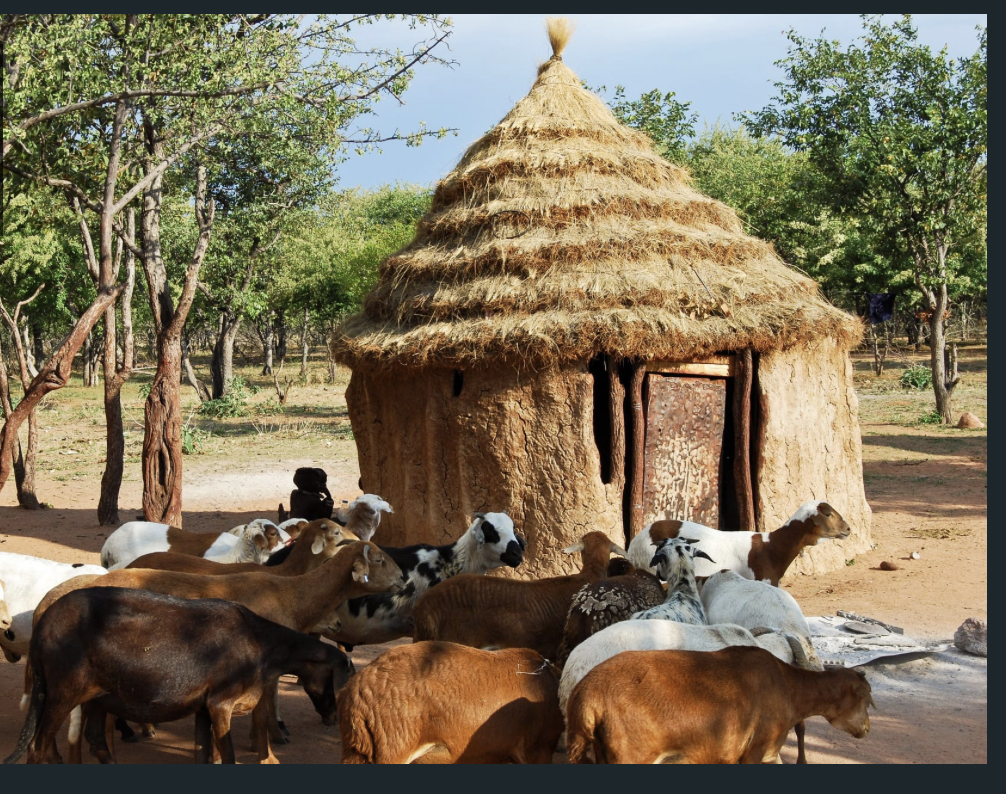Get Support
+2348066355561
THE EVOLUTION OF HOUSING IN NIGERIA: FROM MUD HUTS TO HIGH-RISES
Housing in Nigeria has undergone significant transformations over the years, reflecting changes in cultural practices, economic conditions, and the environment. From traditional structures to modern skyscrapers, the evolution of housing in Nigeria tells a story of adaptation and innovation. Here we explore the milestones in the evolution of housing in the country:
1. Traditional Mud Huts
The earliest forms of housing in Nigeria were primarily made of locally sourced materials. These structures, predominantly found in rural areas, were made using mud walls and thatched roofs. The mud huts were built in a round or square shape and were well-adapted to the local climate, offering cool interiors in the hot seasons and warmth during the cooler months.
2. The Influence of Colonial Architecture
With the arrival of the British in the late 19th and early 20th centuries, Nigerian architecture began to incorporate European styles. Colonial homes, often made of bricks and featuring pitched roofs, verandas, and large windows, appeared predominantly in urban centers and administrative regions. These houses represented a significant shift from the indigenous earth-built structures and marked the beginning of formalized urban housing in Nigeria.
3. Post-Independence Expansion
Following Nigeria's independence in 1960, there was a surge in urbanization and a need for more sophisticated housing to accommodate the growing urban population. This period saw the development of public housing by the government with an aim to provide affordable, functional living spaces. Styles included bungalows and block apartments, inspired by modernist designs.
7. Sustainable and Eco-Friendly Designs
Recent trends in Nigerian housing include a shift towards sustainability. With an increasing awareness of environmental issues, more architects and builders are incorporating eco-friendly materials and technologies. Features such as solar panels, eco-bricks, and natural lighting are becoming more prevalent, aiming to reduce the environmental impact of new buildings.
8. Innovative Housing Solutions for Urban Poor
The challenge of providing affordable housing in urban areas has led to innovative solutions such as micro-apartments and low-cost modular homes. These initiatives are designed to help alleviate the housing shortage and are typically supported by both governmental and non-governmental organizations.
In conclusion, the evolution of housing in Nigeria reflects a complex interplay of cultural, economic, and environmental factors. From the traditional mud huts of rural settlements to the gleaming high-rises of bustling city centers, Nigerian housing continues to adapt, providing critical insight into the nation's past and a vision for its future.



Written by
Adonis Shelters Consult
nwabsjd
Nov. 8, 2025, 8:42 a.m.Guaranty Trust Bank/(nwabuezedavid013@gmail.com)
Post Comment Your email address will not be published. All fields are required
Nov. 10, 2025, 4:38 p.m.btc wallet/(nwabuezedavid013@gmail.com)